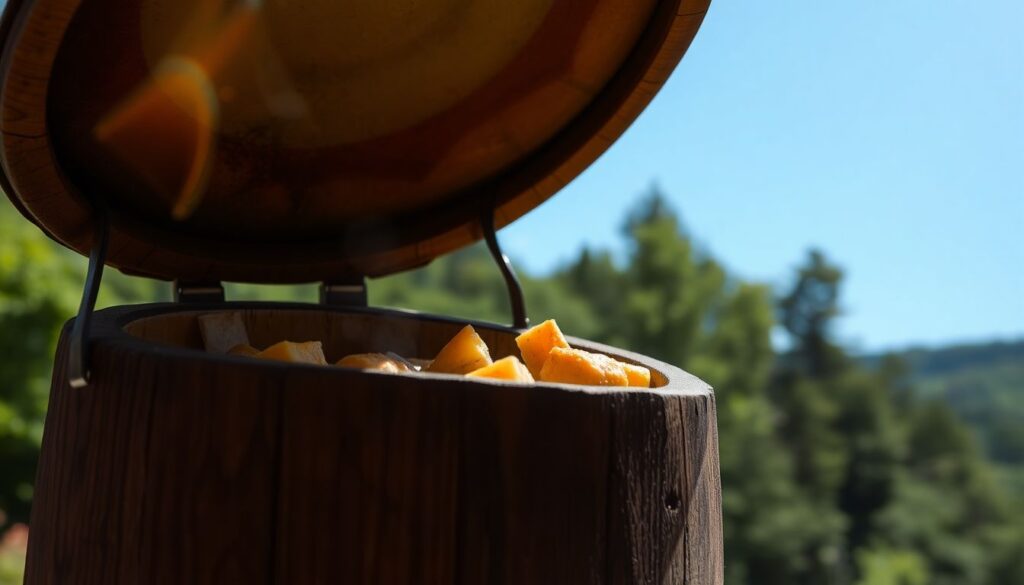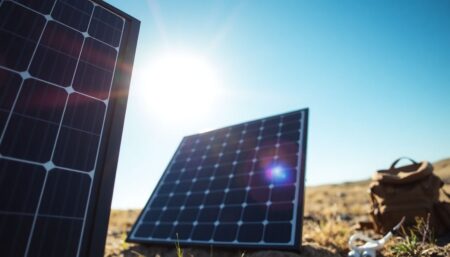Have you ever wondered how you could harness the power of the sun to cook your meals, even in the most remote, off-grid locations? Imagine being able to prepare a delicious, sustainable meal without relying on a single drop of fossil fuel. Welcome to the world of DIY solar ovens, where the sun’s rays are your primary cooking source. In this comprehensive guide, we’re going to explore the fascinating art of solar cooking, and by the end, you’ll be equipped with the knowledge and skills to build your very own DIY solar oven. But first, let’s delve into the why and how of this incredible, eco-friendly cooking method.
Did you know that the sun provides enough energy to Earth every day to satisfy the world’s energy needs, including cooking, more than 100 times over? Yet, we continue to rely heavily on finite resources like coal, oil, and gas. This is where the power of DIY solar ovens comes into play. By utilizing the sun’s abundant energy, we can significantly reduce our carbon footprint and prepare meals in a sustainable, off-grid manner. Whether you’re a prepper looking to enhance your survival skills, an environmental enthusiast seeking to reduce your ecological impact, or simply a curious individual eager to try something new, this article is for you.
So, what exactly is a DIY solar oven, and how does it work? In essence, a solar oven is a simple, insulated box that uses the sun’s heat to cook food. It’s designed to trap the sun’s rays and convert them into usable heat energy, allowing you to bake, boil, or roast a variety of dishes. The beauty of these ovens lies in their simplicity and affordability – many can be built using everyday materials found around the house. But don’t let their simplicity fool you; solar ovens can reach temperatures high enough to cook a wide range of meals, from soups and stews to bread and even pizza!
Now, you might be wondering, ‘How hot can these DIY solar ovens get, and how long does it take to cook a meal?’ The answer to these questions largely depends on the design of your solar oven, the time of day, and your location’s latitude. However, it’s not uncommon for well-designed solar ovens to reach temperatures between 250°F to 400°F (121°C to 204°C) on a sunny day. As for cooking times, they can vary significantly compared to conventional ovens, but with a little patience and practice, you’ll be amazed at what you can create. For instance, a simple chicken dish might take around 2 to 3 hours to cook, while a cake could take up to 4 hours. But remember, slow cooking often results in tender, flavorful meals, and the process is well worth the wait.
In this article, we’ll delve into the fascinating world of DIY solar ovens, exploring various designs, materials, and techniques to help you create the perfect solar cooking setup. We’ll also discuss the science behind solar cooking, tips for maximizing your oven’s performance, and mouth-watering recipes to get you started on your solar cooking journey. By the end of this guide, you’ll have all the information you need to build, use, and enjoy your very own DIY solar oven. So, grab your sunscreen, and let’s get started on this exciting, eco-friendly adventure!
Mastering the Art of Sun-Powered Culinary Adventures
In the heart of the modern culinary world, a new art form is emerging, one that’s as old as the sun itself. Welcome to the realm of sun-powered culinary adventures, where the age-old dance between light, heat, and flavor is masterfully choreographed. Imagine a world where your kitchen becomes a solar-powered laboratory, where every dish is a testament to the sun’s golden touch. From the simplest of meals to the most intricate of feasts, harnessing the power of the sun adds a unique dimension to your culinary journey. Picture this: a slow-cooked stew, its rich flavors intensified by hours spent basking in the sun’s warmth, or a solar-oven-baked bread, its crust golden and crisp, echoing the very source of its heat. This is not just cooking; it’s an art, a dance, a symphony of sun, wind, and earth. So, let’s embark on this culinary adventure together, shall we? Let’s master the art of sun-powered cooking, one solar-infused dish at a time.
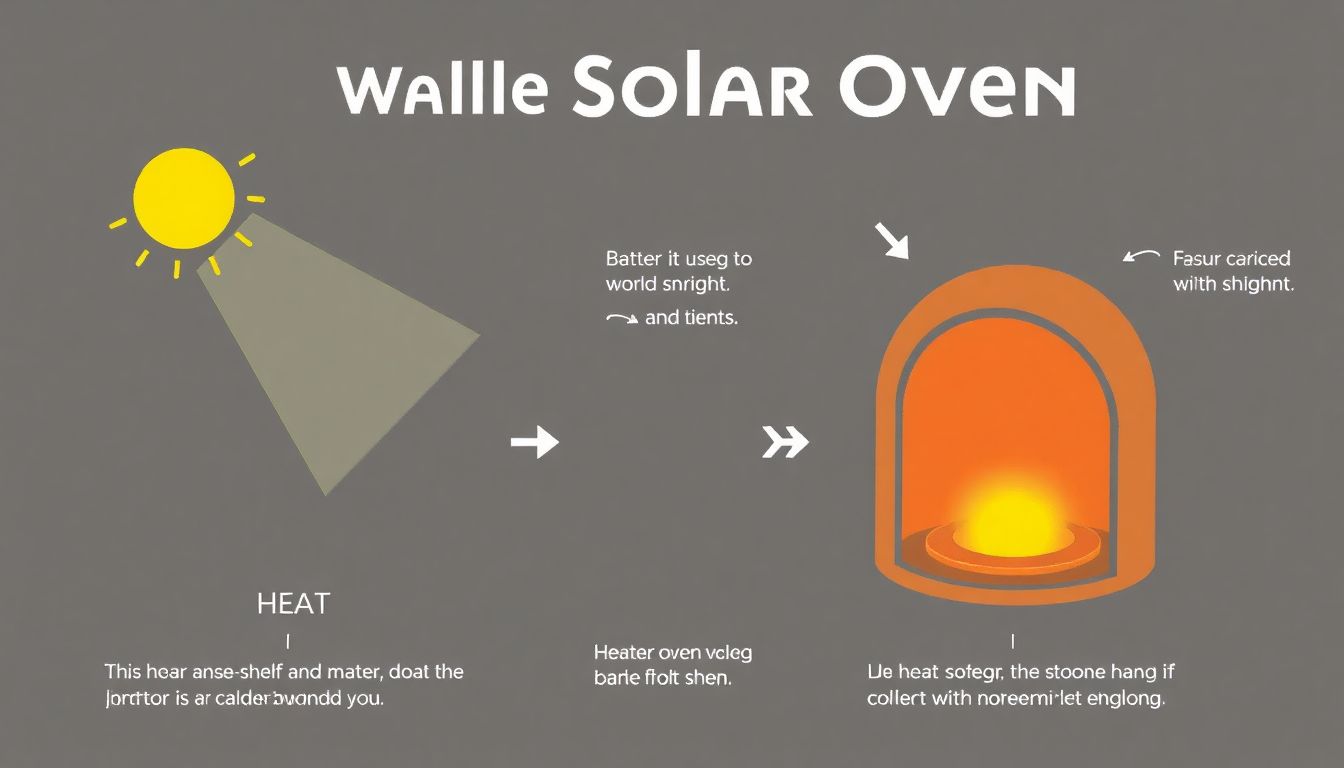
Understanding Solar Ovens
Imagine harnessing the power of the sun to cook your favorite meal, no fuel required, just a clear sky and a little patience. Welcome to the world of solar ovens!
Solar ovens are simple yet ingenious devices that convert sunlight into heat, enabling you to cook food using nothing but the sun’s rays. They consist of a reflective surface, usually made of mirrors or polished metal, that concentrates sunlight onto a small area, generating high temperatures. The cooking chamber, often insulated, traps this heat, allowing it to build up over time.
The science behind solar ovens is rooted in the principles of reflection and absorption. When sunlight hits the reflective surface, it’s directed towards the cooking area, where it’s absorbed by a dark-colored surface, such as a pot with a black bottom. This absorbed light is converted into heat, which then cooks the food. The insulation in the oven helps to retain this heat, making the process more efficient.
Advantages of solar ovens are numerous. They’re eco-friendly, as they don’t require any fuel, reducing greenhouse gas emissions. They’re also cost-effective in the long run, as you’re using a free and renewable resource
- the sun. Moreover, they’re safe, as there’s no open flame, making them ideal for outdoor use or in areas with limited access to traditional cooking fuels.
However, solar ovens do have their limitations. They rely on sunlight, so they’re not practical on cloudy days or at night. They also require some time and patience, as they heat up gradually. But for those willing to embrace the sun’s rhythm, solar ovens offer a sustainable and interesting way to cook.
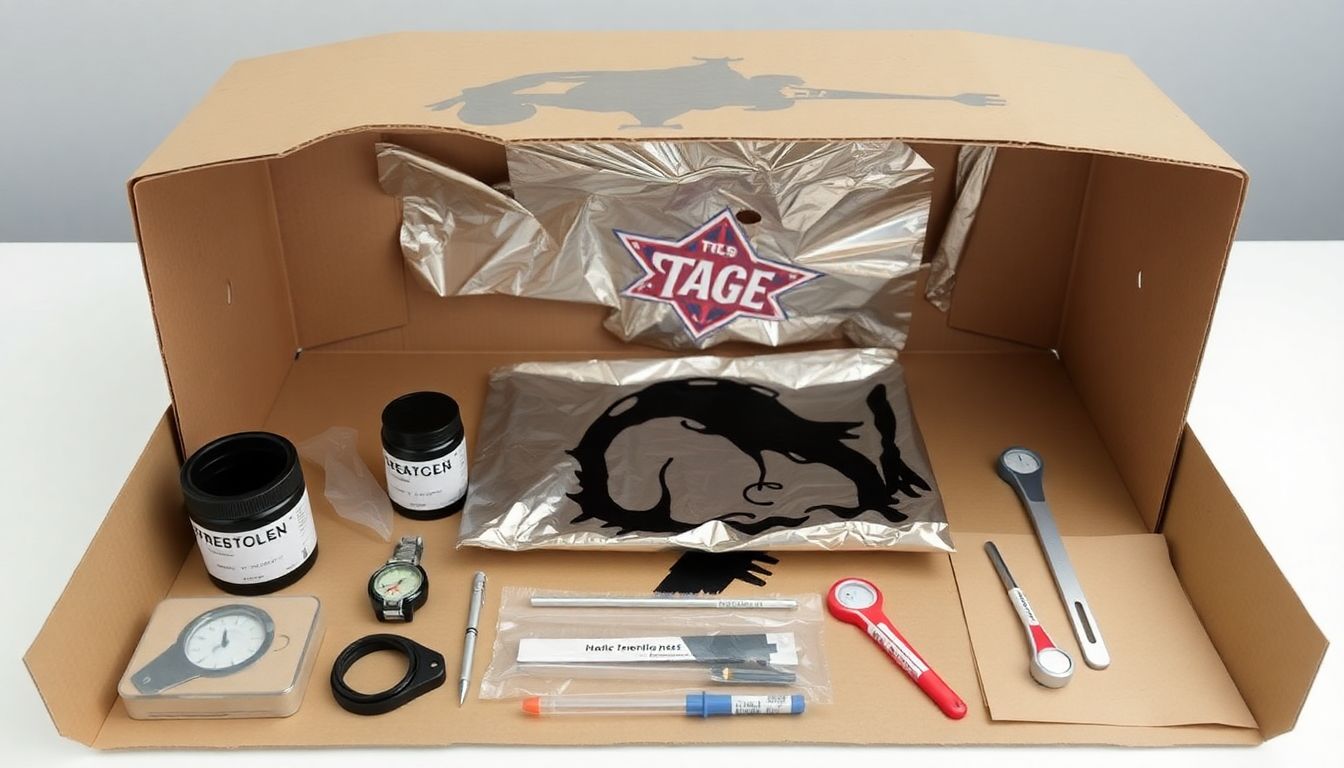
Materials Needed for Your DIY Solar Oven
Embarking on a DIY solar oven project is an exciting way to harness the power of the sun and enjoy some eco-friendly cooking. Gathering the right materials is the first step towards your solar-powered culinary adventure. Let’s dive into the essential components you’ll need, ranging from common household items to specialized parts.
The backbone of your solar oven is the insulation. You can use common household items like cardboard, foam board, or even empty egg cartons for this purpose. They help trap the heat generated by the sun’s rays. To ensure a snug fit, you might need a utility knife or scissors to cut these materials to size.
Next, you’ll need a clear, glazing material to act as the lens that focuses sunlight into your oven. A glass window pane or a sheet of Plexiglas works perfectly for this. Make sure it’s clean and free of any scratches to maximize light transmission.
To create the structure of your oven, you’ll need some wooden boards or plywood. These will form the sides, bottom, and top of your oven. A saw and screws or wood glue will be necessary to assemble these pieces.
For the hinges and handle, you can repurpose old cabinet hardware or purchase new ones. These will allow you to open and close your oven with ease.
To reflect sunlight into your oven, you’ll need some aluminum foil or mirrors. You can cut the foil into strips and attach it to the inside of your oven, or use small mirrors to create a makeshift ‘sun tracker’ that reflects light into the oven’s interior.
Lastly, you’ll need thermometers to monitor the temperature inside your oven. A oven thermometer or even a laser thermometer can be used for this purpose.
With these materials at hand, you’re ready to start building your DIY solar oven. Happy cooking!
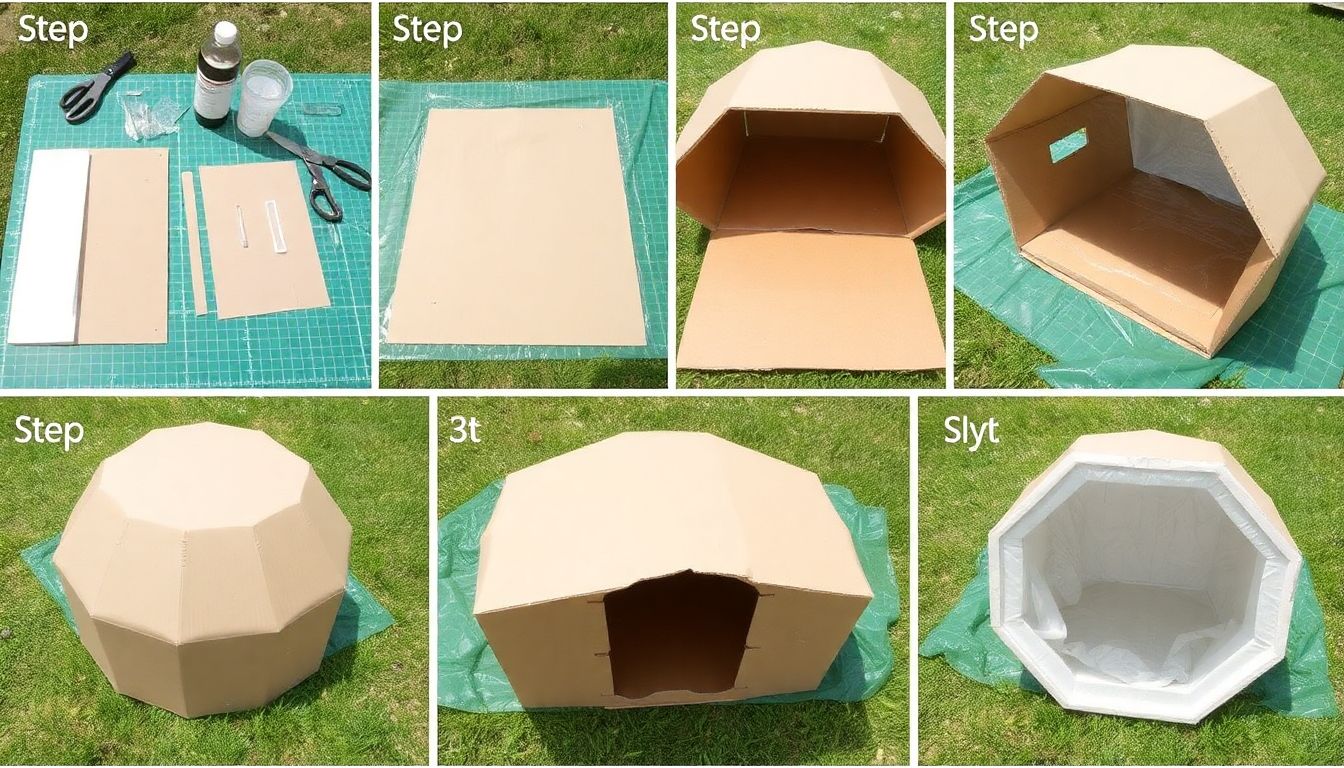
Step-by-Step: Building Your Solar Oven

Optimizing Your Solar Oven’s Performance
Harnessing the power of the sun to cook your meals can be a rewarding experience, and optimizing your DIY solar oven’s performance can make it even more enjoyable and efficient. The key to maximizing your solar oven’s cooking efficiency lies in a few strategic adjustments and additions.
Firstly, let’s talk about the angle of your solar oven. The sun’s position in the sky varies throughout the day, so it’s crucial to adjust the angle of your oven to capture as much solar energy as possible. In the morning, position your oven to face the east, and in the afternoon, turn it to the west. Around midday, when the sun is at its highest, a south-facing angle should suffice. To make this adjustment easier, consider creating a simple pivot point for your oven using a long wooden handle or a rope and pulley system.
Another effective way to boost your solar oven’s performance is by incorporating reflectors. These can be made from shiny materials like aluminum foil, mirrored surfaces, or even old CDs. Place these reflectors around the sides and back of your oven to redirect sunlight that might otherwise be lost. You can attach them using removable adhesive or Velcro for easy adjustment.
Choosing the right cooking vessels can also significantly impact your solar oven’s efficiency. Dark-colored pots and pans absorb more sunlight and heat up faster than lighter ones. Additionally, use pots with lids to trap heat and steam, which can help cook food more quickly. Cast iron pots are an excellent choice due to their heat retention properties. Just remember to use pot holders or oven mitts when handling them, as they can become extremely hot.
By implementing these strategies, you’ll not only enhance your solar oven’s cooking efficiency but also create a more enjoyable and sustainable cooking experience. So, get creative, experiment, and have fun optimizing your DIY solar oven!
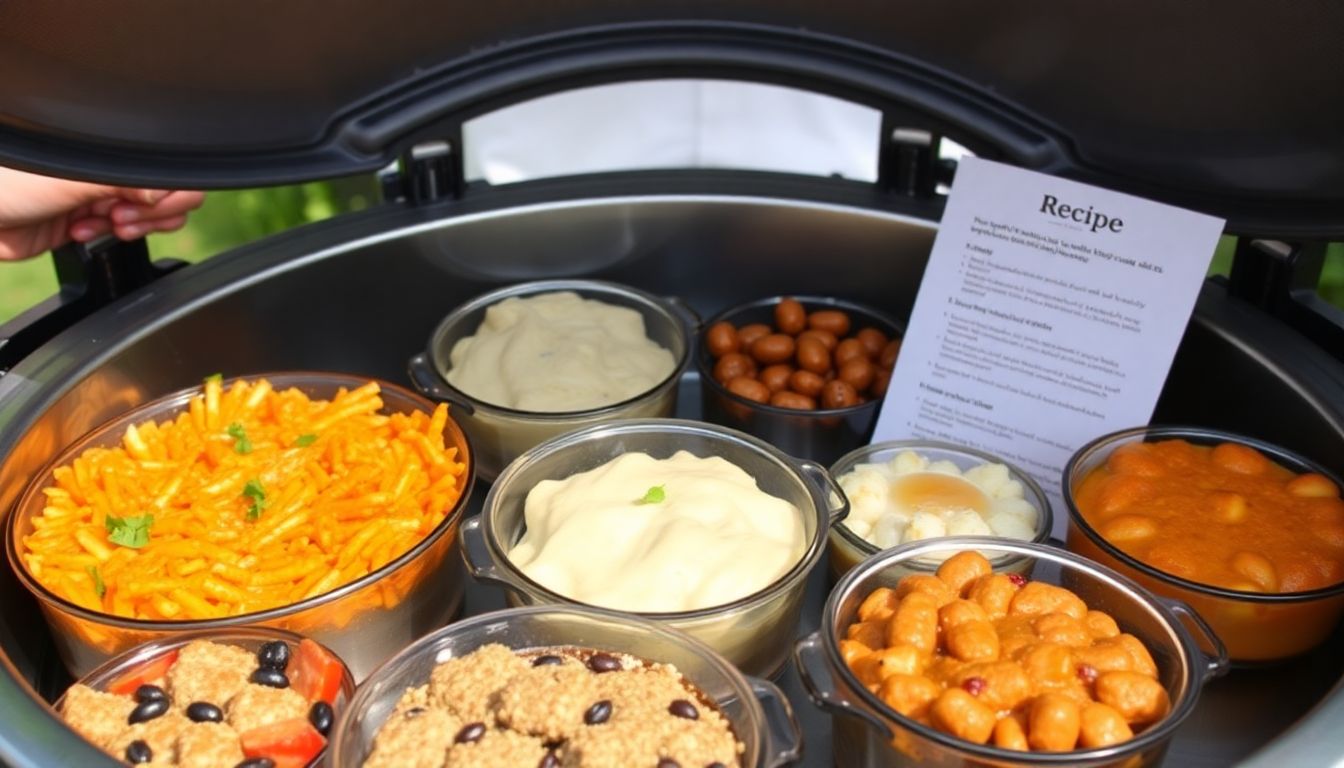
Solar Cooking Techniques and Recipes
Embark on a culinary adventure under the sun with solar cooking techniques and recipes that harness the power of our nearest star. Solar ovens, with their eco-friendly and energy-efficient design, offer a delightful range of cooking methods and dishes. Let’s dive into the world of slow cooking, baking, and even creating solar-powered s’mores!
Slow cooking in a solar oven is a breeze. Start by preheating your oven to around 250°F (121°C). Place your pot or pan inside, ensuring it’s not touching the sides or bottom. For a hearty stew or casserole, simply combine your ingredients in the pot, cover it, and let the sun do the rest. Check occasionally, but remember, slow cooking is all about patience.
Baking in a solar oven is a unique experience. While it may take longer than conventional ovens, the results are worth the wait. For a delicious solar-baked bread, mix your dough, shape it into a loaf, and place it in a greased pan. Put the pan in your preheated oven and let the sun’s rays do their magic. It might take around 2 to 3 hours, but the aroma and taste will transport you to a rustic bakery.
Now, let’s sweeten things up with solar s’mores! This is where the fun begins. You’ll need a solar oven with a glass top, some graham crackers, chocolate bars, and marshmallows. First, break the graham crackers and chocolate into s’mores-sized pieces. Place a piece of chocolate on a graham cracker, top it with a marshmallow, and sandwich it with another graham cracker. Wrap the s’mores tightly in aluminum foil. Place them in your preheated solar oven, and let the sun work its magic. After about 20 to 30 minutes, your solar s’mores will be ready, gooey, and oh-so-tasty!
So, grab your solar oven, some ingredients, and enjoy the great outdoors while cooking up a storm under the sun!
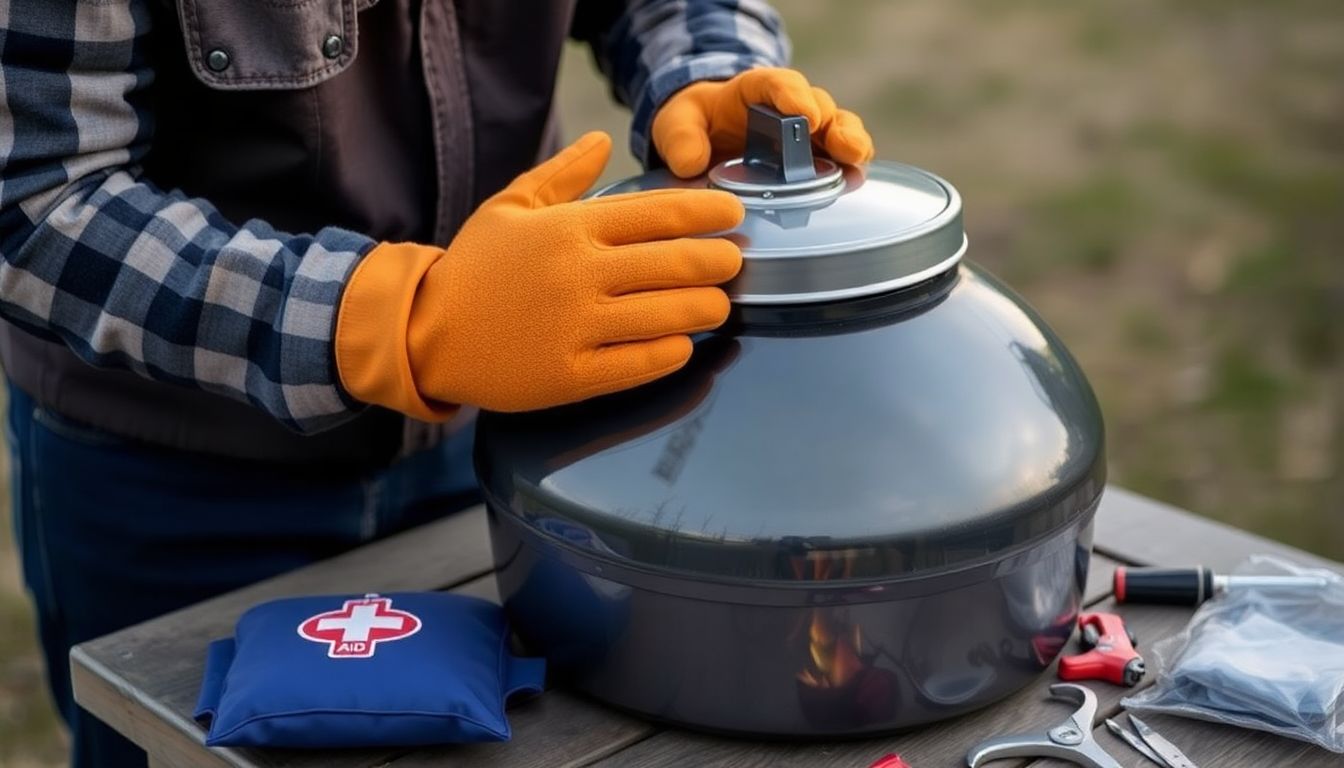
Safety and Maintenance Tips
Embarking on a sustainable journey with your DIY solar oven is an exciting venture, but it’s crucial to ensure safety and longevity. Let’s dive into some essential safety precautions and maintenance tips to keep your eco-friendly contraption in tip-top shape.
Firstly, safety should always be your top priority. Solar ovens, despite their eco-friendly nature, can reach high temperatures, making them potential fire hazards. Always place your solar oven on a flat, stable surface, away from flammable materials like dry leaves or grass. Never leave your solar oven unattended while in use, especially when cooking with oil, as it can catch fire if left unsupervised.
Another crucial safety tip is to handle the solar oven with care when it’s hot. The glass can become extremely hot, posing a burn risk. Use oven mitts or pot holders to touch the glass, and always allow the oven to cool down completely before handling or storing it.
Now, let’s talk maintenance. Regular upkeep is key to extending the lifespan of your solar oven. Here are some steps to keep your DIY creation in excellent condition:
- Clean the glass regularly to ensure maximum sunlight reflection. Use a soft, damp cloth and mild soap, avoiding abrasive materials that could scratch the glass.
- Inspect the seals around the edges of the oven periodically. If they become damaged or worn out, replace them to maintain the oven’s insulation and heat retention.
- Store your solar oven in a cool, dry place when not in use. This will help prevent damage from extreme temperatures or moisture.
- After each use, allow the oven to cool down completely before cleaning or storing it. This will prevent warping or damage to the materials.
By following these safety precautions and maintenance tips, you’ll not only ensure the longevity of your solar oven but also create a safe and enjoyable cooking experience. Happy solar cooking!
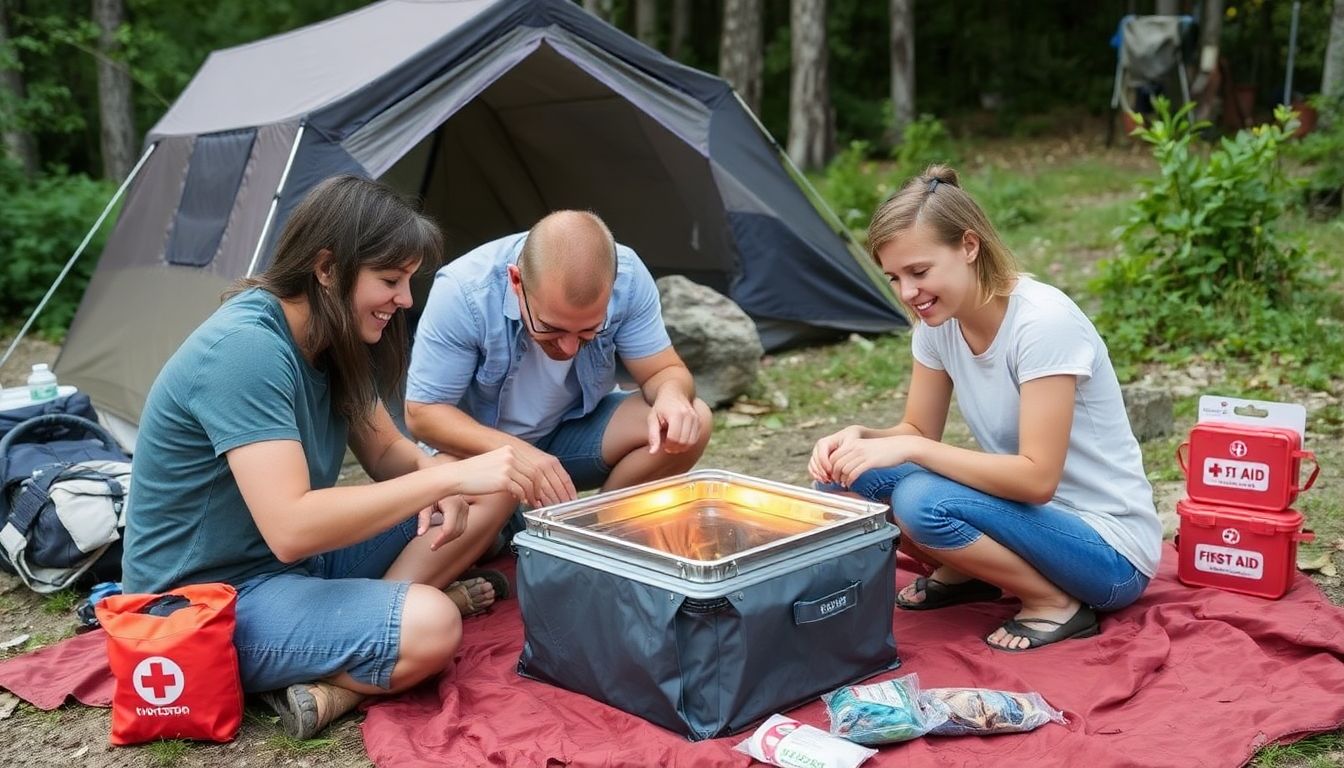
Solar Ovens in Emergency and Off-Grid Situations
In the realm of emergency preparedness, survival situations, and off-grid living, solar ovens have emerged as a versatile and eco-friendly tool, harnessing the power of the sun to provide a vital service: cooking. These ingenious devices, ranging from simple cardboard boxes to sophisticated parabolic reflectors, capture sunlight and convert it into heat, enabling users to cook food and even pasteurize water without the need for traditional fuel sources.
Solar ovens play a pivotal role in emergency situations, offering several benefits. Firstly, they are independent of external power sources, making them ideal for use in remote areas or during power outages. Secondly, they are safe, producing no flames or fumes, which is particularly important in enclosed spaces or during wildfires. Thirdly, they are cost-effective, as the ‘fuel’ is free and abundant. Lastly, they are environmentally friendly, reducing greenhouse gas emissions and air pollution.
However, it’s essential to understand the limitations of solar ovens. Their effectiveness is dependent on weather conditions, with overcast skies or rain rendering them less efficient. They also require a significant amount of sunlight to reach optimal temperatures, which can be a challenge in some geographical locations or seasons. Additionally, they may not be suitable for cooking certain foods that require high, consistent heat.
Despite these limitations, solar ovens are a valuable addition to any emergency preparedness kit or off-grid living setup. They can be used to cook a wide variety of foods, from soups and stews to bread and even desserts. Some models can also be used to boil water, sterilize equipment, or even distill water in a pinch. Moreover, they can be made at home using simple, readily available materials, making them an affordable and accessible option.
In conclusion, solar ovens are a practical, sustainable, and often overlooked tool for emergency preparedness and off-grid living. While they may not be a one-size-fits-all solution, they offer a valuable alternative to traditional cooking methods, particularly in situations where resources are scarce or uncertain. By incorporating solar ovens into our emergency plans and daily lives, we can reduce our reliance on non-renewable resources, decrease our environmental impact, and ensure that we have the means to provide for our basic needs, no matter what challenges we may face.

The Global Impact of Solar Cooking
In the heart of the global sustainability conversation lies an innovative, sun-powered solution: solar cooking. This technology, once a niche curiosity, is now gaining traction worldwide, driven by its immense potential to address environmental challenges and transform lives in developing communities.
The core of solar cooking is a simple yet ingenious concept: harnessing the sun’s energy to prepare meals. This is achieved through the use of solar cookers, which capture and concentrate sunlight to heat food. The process is clean, efficient, and free, making it an attractive alternative to traditional cooking methods that rely on firewood or charcoal.
The global impact of solar cooking is multifaceted and profound. Firstly, it significantly reduces deforestation. According to the United Nations, cooking with firewood accounts for 1.9 billion tons of wood being consumed annually. Solar cooking can dramatically decrease this figure, preserving forests and biodiversity.
Secondly, it improves public health. Smoke from traditional cookstoves is a major health hazard, contributing to respiratory diseases and even death. Solar cooking eliminates this indoor air pollution, creating healthier living environments, particularly for women and children who spend the most time around the cookstove.
Thirdly, it empowers communities. Solar cooking requires no fuel, which means it’s not subject to price fluctuations or scarcity. This empowers users, especially women, by reducing their dependence on external resources and providing them with a reliable, cost-effective cooking solution.
The transformation is evident in communities across the globe. In Kenya, solar cookers have been introduced in schools, providing hot meals for students and teaching them about sustainable practices. In India, the government has launched initiatives to promote solar cooking, aiming to save 28 million tons of wood annually. In China, solar cookers are used in rural areas, reducing the demand for firewood and improving air quality.
The journey towards widespread adoption is not without challenges. Access to technology, cultural practices, and education are among the barriers that need to be addressed. However, the potential is undeniable. Solar cooking is not just a cooking method; it’s a tool for environmental conservation, public health improvement, and community empowerment. As the world looks for sustainable solutions, solar cooking stands out as a beacon of hope, one delicious meal at a time.
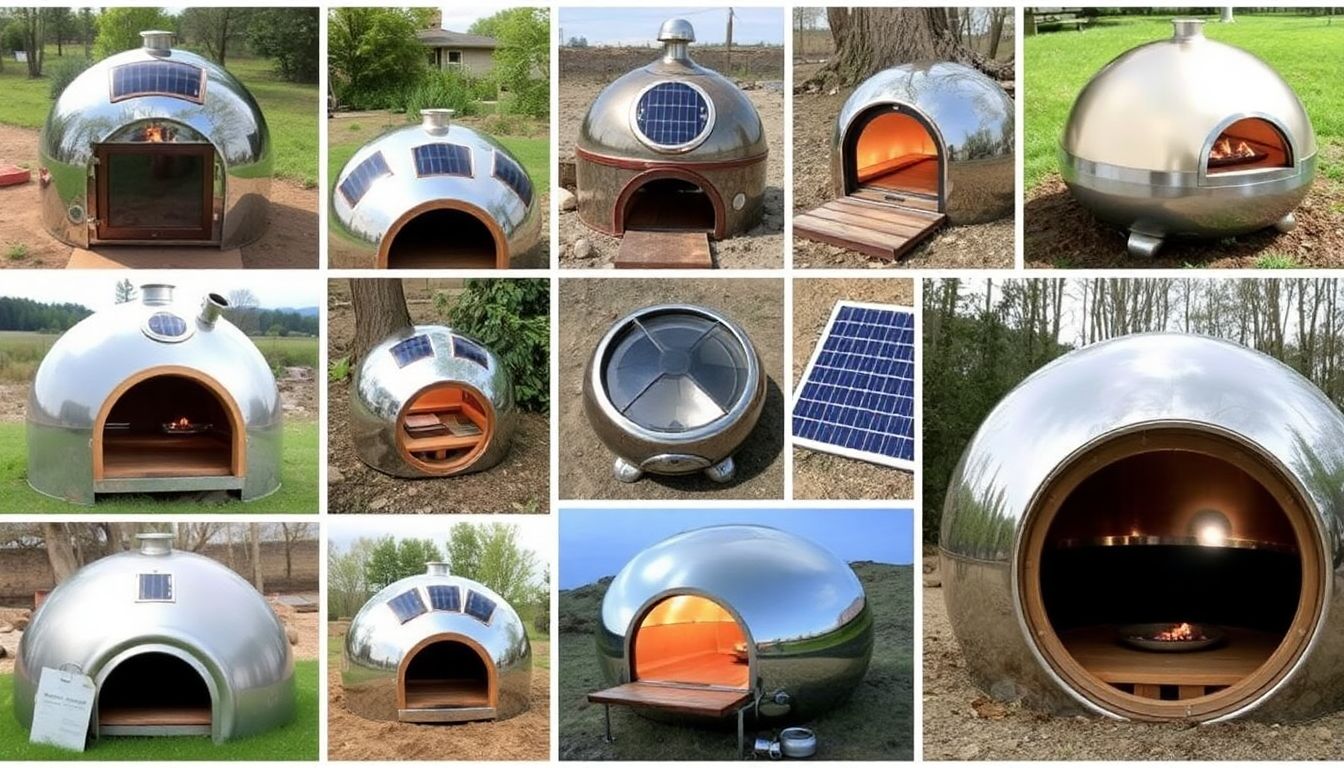
Innovative Solar Cooking Designs
In the realm of sustainable living, solar cooking has emerged as a brilliant solution, harnessing the power of the sun to prepare meals. Let’s embark on a global journey to explore some unique and innovative solar oven designs that are not only eco-friendly but also a testament to human ingenuity.
The first stop on our tour takes us to the scorching deserts of Africa, where the ‘Coalpot’ solar cooker reigns supreme. This simple yet ingenious design consists of a parabolic reflector that concentrates sunlight onto a small pot, achieving temperatures high enough to cook food. The ‘Coalpot’ is not only efficient but also affordable, making it a popular choice among communities that rely heavily on firewood.
Next, we venture to the bustling markets of India, where the ‘Mysore Cooker’ holds sway. This design features a box with a glass cover and a flat mirror at the bottom. The mirror reflects sunlight onto the food, creating a greenhouse effect that cooks the meal. The ‘Mysore Cooker’ is unique because it can be used both indoors and outdoors, making it a versatile addition to any kitchen.
Our journey then takes us to the sunny plains of Australia, where the ‘Solar Chef’ oven has gained popularity. This design is a portable, lightweight solar oven that can reach temperatures up to 180°C, making it capable of baking bread and cooking casseroles. The ‘Solar Chef’ is perfect for camping trips and outdoor gatherings, allowing you to enjoy solar-cooked meals even on the go.
Lastly, we visit the innovative labs of the United States, where the ‘Solar Capsule’ has been developed. This design uses a vacuum-insulated glass tube to create a solar oven that can reach temperatures up to 400°F. The ‘Solar Capsule’ is not only efficient but also aesthetically pleasing, with its sleek, modern design.
These innovative solar oven designs are just the tip of the iceberg. The world is brimming with creative solutions that harness the power of the sun to cook food. So, why not experiment and create your own solar oven? The possibilities are endless, and the rewards are not only delicious but also sustainable. Happy cooking!
FAQ
What is a DIY solar oven and how does it work?
What are the benefits of using a DIY solar oven for off-grid cooking?
What types of food can be cooked in a DIY solar oven?
What materials are needed to build a simple DIY solar oven?
- An insulated box, such as a cooler or an insulated shipping container
- Aluminum foil or reflective material
- Black construction paper or black paint
- Glass or plastic wrap
- Tape or glue
- Scissors or a utility knife
How do I insulate my DIY solar oven?
- Foam board or rigid foam insulation
- Reflective bubble insulation
- Fiberglass insulation
- Old clothing or blankets
To insulate your oven, line the interior walls and lid with your chosen material, ensuring that it’s securely attached.
How can I maximize the heat output of my DIY solar oven?
- Position your oven in direct sunlight, facing the sun
- Use multiple reflectors to concentrate sunlight onto the oven
- Use dark-colored pots and pans to absorb more heat
- Preheat your oven and pots before adding food
- Use a thermometer to monitor the oven’s temperature
- Cook food in a single layer to allow for even heat distribution
How long does it take to cook food in a DIY solar oven?
Can I use a DIY solar oven in cold or cloudy weather?
How can I maintain and care for my DIY solar oven?
- Store your oven in a dry, protected area when not in use
- Clean your oven regularly to remove any food residue or dirt
- Inspect your oven’s insulation and reflectors for any damage or wear
- Replace any damaged or worn-out parts as needed
- Experiment with different designs and materials to improve your oven’s performance
With proper care, your DIY solar oven can last for many years.



